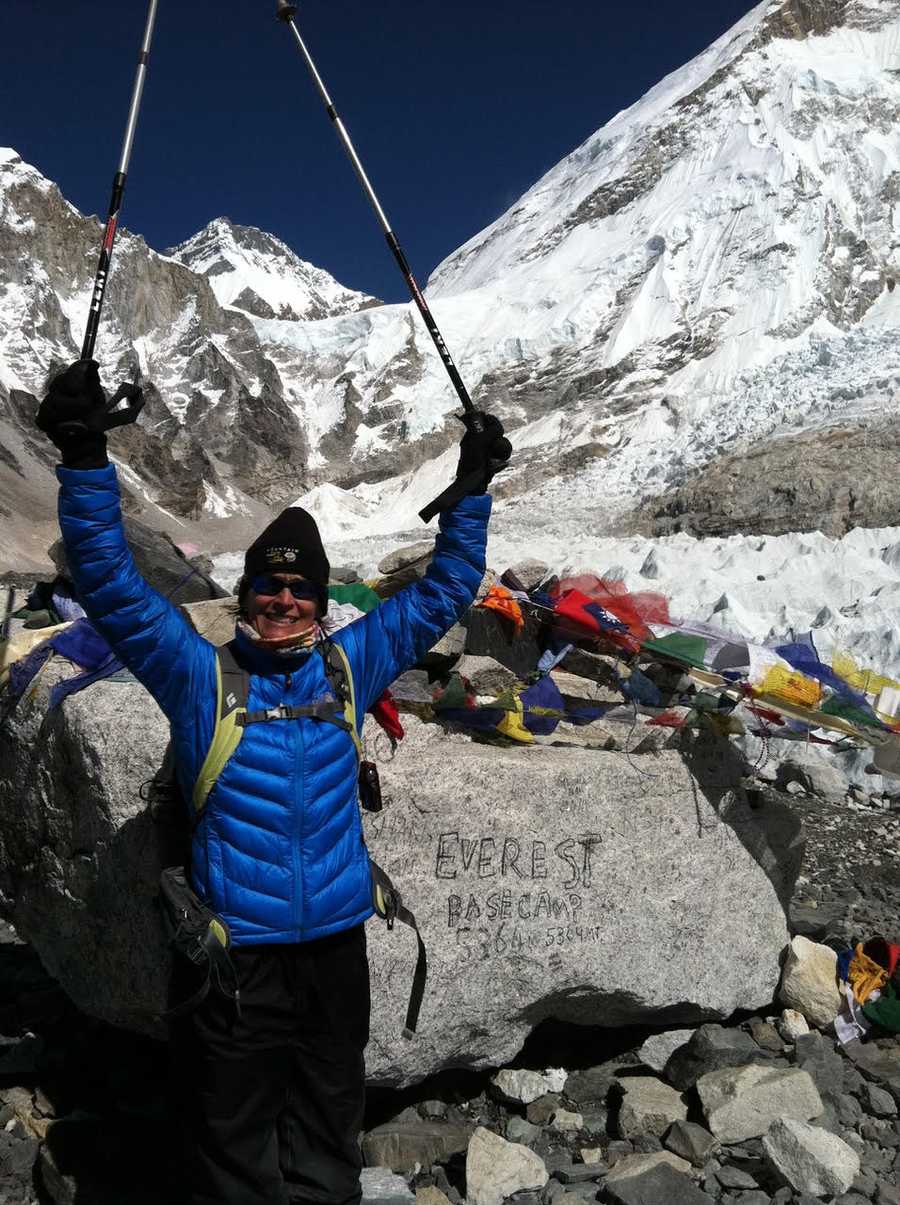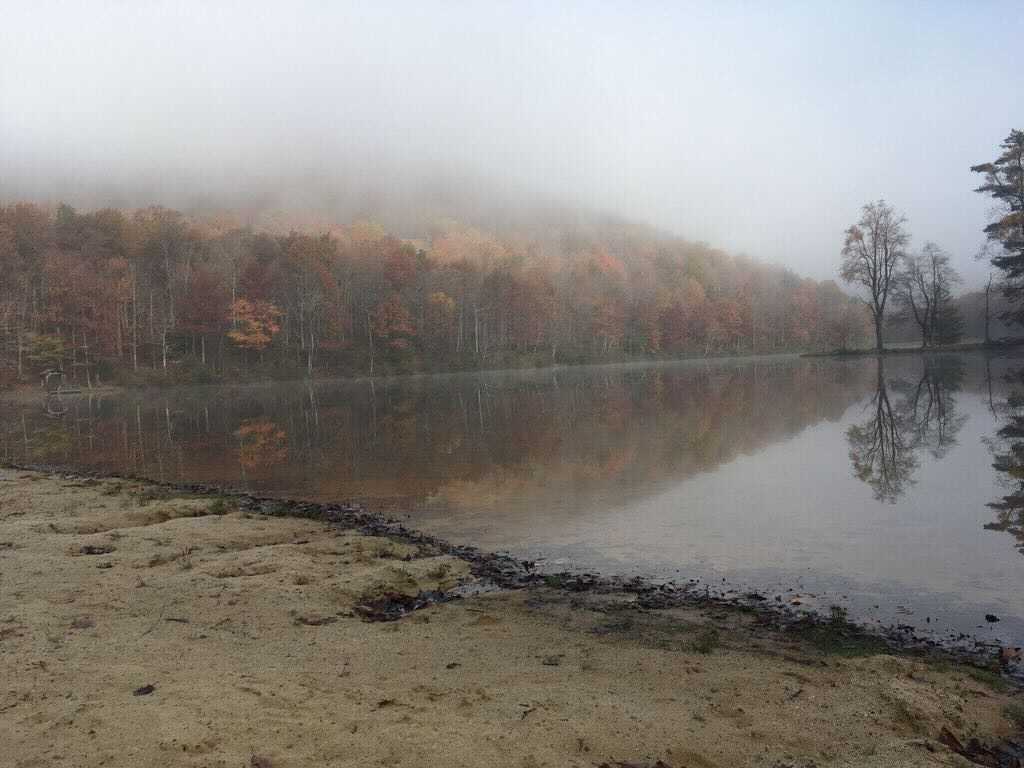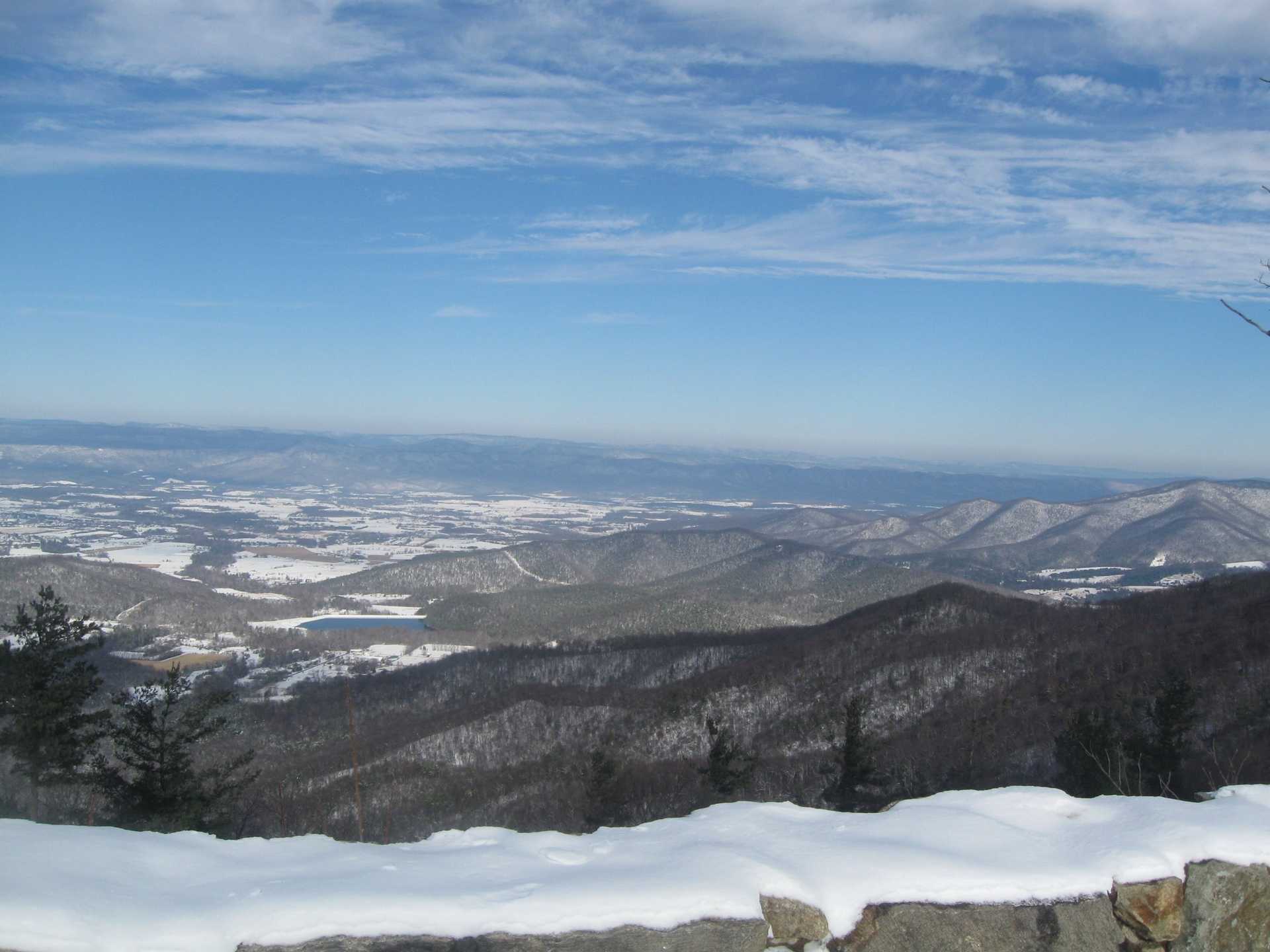
For me, the low point came when I looked into the small bowl of garlic soup steaming in front of me. I was trekking my way to Everest Base Camp (EBC), stopping at a teahouse in the Khumbu village of Lobuche at 16,000 ft. It was day 7 of my 17-day trek from Lukla to EBC back to Lukla. The altitude had diminished my appetite, but the soup’s resemblance to a urine sample made it even more impossible to stomach. Our Sherpa told me that garlic is a big help with acclimatization, so I made a mighty attempt. Two slurps later, I pulled out a Snickers bar from my backpack, leaving the garlic’s benefits for another day.
By this point, I had been dirty, cold, and tired a long time. But I couldn’t have been happier. I had come to Nepal to test myself, and to visit a place I’d always wanted to see. I grew up reading stories about those who successfully summited Mt. Everest and those who died trying. Located 17,600 ft. above sea level, at the base of the Khumbu icefall (a place etched so deeply in my mind as one of the most dangerous places on earth) EBC stood out to me as a comfy and safe gathering spot much like any other campground. I fell for the romance photos of tents cozied up next to each other, glowing warm in the darkness, surrounded by snowy peaks and brilliant starry skies. I believed that warm and cozy were a part of the EBC experience. So with said visions, plus the discovery that it wasn’t crazy expensive to get to, and my 50th birthday on the not-so-distant horizon, in 2011 I decided it was time.
My group consisted of a 20ish year-old couple from Brazil, two men from Canada, one around my age and one in his late 50s, and me. We had two Sherpas and one guide, the awesome Rishi Ram Bhantana. Rishi was fond of saying things like, “Easy peasy lemon squeezy” when terrain got tough or our spirits were flagging. I liked our group and I was optimistic we’d celebrate our successful completion together. That was not to be.
Over breakfast at a village called Dingboche (14,500 ft.), one of the Brazillians complained of a headache. By lunchtime, she was vomiting and clearly suffering from altitude sickness. Rishi had told us at the beginning: Anyone showing these symptoms was going to turn around immediately. She was on a horse headed down the trail that afternoon, her boyfriend sadly accompanying her knowing his trip was over as well.
A couple days later, the older Canadian gentleman developed a cough so wet and painful sounding, he too turned around and ended his adventure. Our fun group of five was now down to two. I mostly felt fine, although once, at the beginning of a long, challenging day my hands got so cold Rishi rubbed them hard to warm them up. I felt a strong wave of nausea come over me. I absolutely didn’t want my trek to end, so I never spoke of it. From then on, I warmed my own hands. For me, high altitude meant no quick movements. Whether it was hands or feet I did not want my heart to try and pump blood anywhere fast.
By the time we got to Gorak Shep (16,900), the village closest to EBC, I was cold anytime I wasn’t walking. I had developed the Khumbu cough, which just about everyone else had, too. My routine was to huddle by the Yak-dung fire and when dinner was over about 6:30 pm, I would crawl into my sleeping bag wearing all my layers and outerwear, where I stayed for the next 10-12 hours. Getting out in the frigid morning was a gargantuan effort.
Between Gorek Shep and EBC, I saw more trekkers suffering. Some had injured themselves walking on the Khumbu glacier, which is full of ice and rocks that make for delicate footing. Others were suffering the effects of altitude. Luckily, I was holding steady. Occasionally, we would see a helicopter ferrying the more urgent cases back to Kathmandu.
But here’s the thing. Getting to EBC isn’t a death-defying undertaking. It is a matter of walking a long way and hoping your body stays healthy. The altitude is the main threat, but there are things you can do to maximize your chances of successful acclimatization. I followed the suggestions to avoid alcohol, stay hydrated, try not to sweat, and take Diamox, the recommended medication for high altitude activities. Our group also practiced the “climb high sleep low” strategy, and we had multiple days we stayed in the same place to encourage the process.
Once I made it to EBC, I indeed felt a sense of accomplishment and total exhilaration. There wasn’t anything warm and cozy about it, but I discovered I liked it that way. Everyone who loves outdoor adventure loves a misery factor. For me, my trek to EBC was just about the right amount, if occasionally pushing the outer limit. Funny how it was the garlic soup that I remember the most.
About the Author: Beth Weisbrod is a freelance writer, entrepreneur, and founder of The Maze, LLC. Her love of outdoor adventure stems from longterm addictions to trail running, hiking and mountain biking. Her goals include going mobile with her husband and dog and embracing van life so they can live and play in nature’s playgrounds from coast to coast. Connect with Beth.


